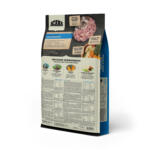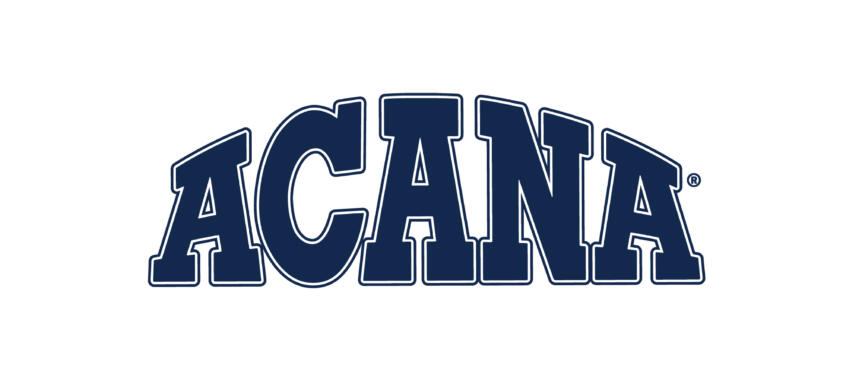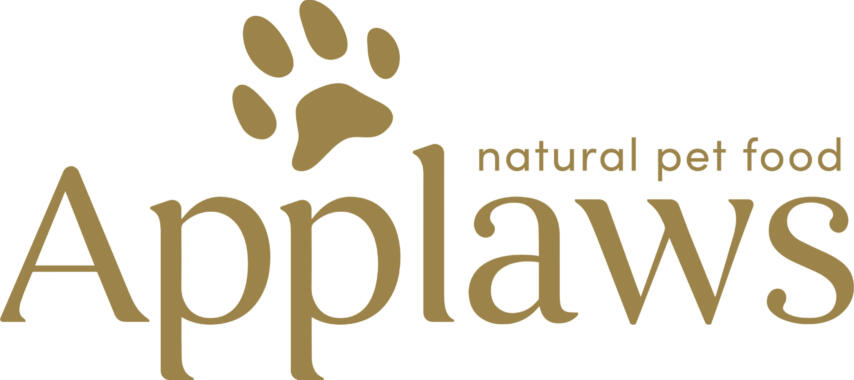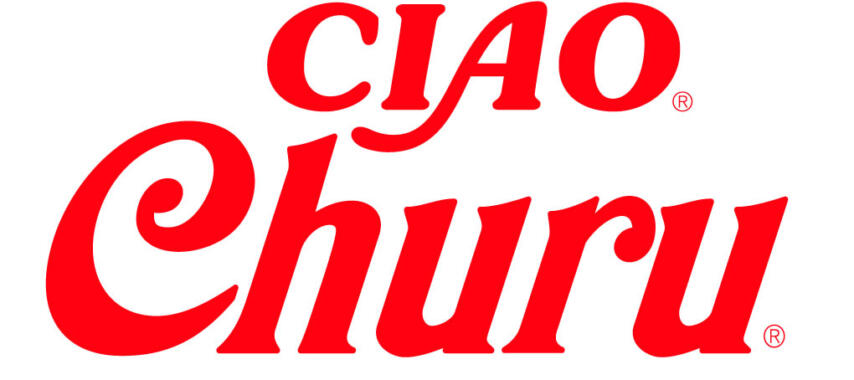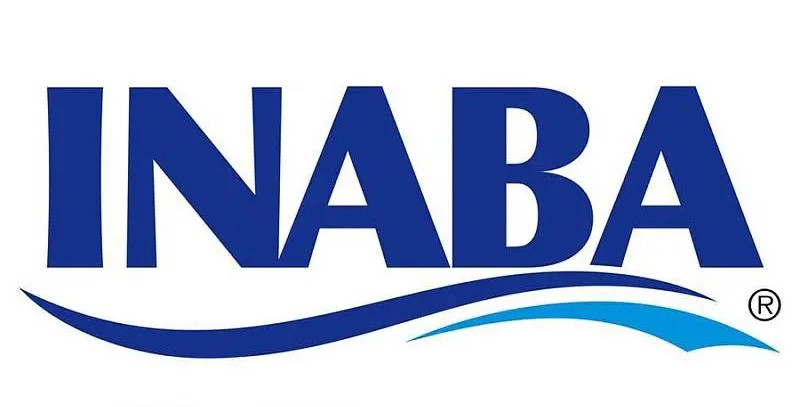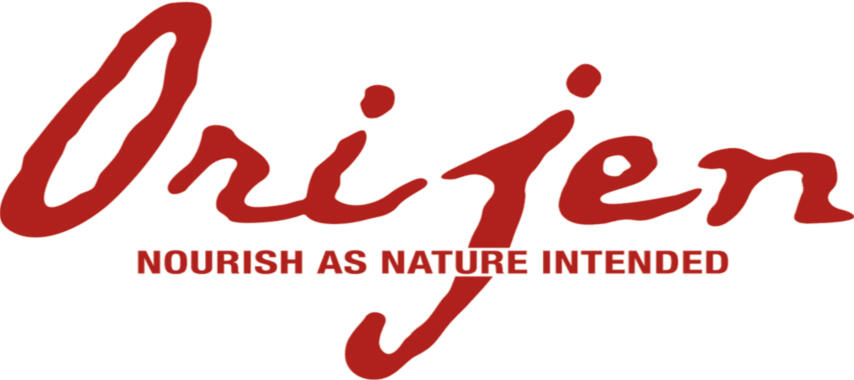Embarking on the journey of pet parenthood brings with it the joy and responsibility of ensuring the best for our furry friends, particularly when it comes to nutrition. Understanding the intricacies of what makes a wholesome and nourishing diet for your dog is crucial. This guide is designed to help you navigate the world of dog nutrition, ensuring your canine companion thrives.
Comprehensive Nutrition: The Heart of Canine Health
A well-balanced diet is the cornerstone of your dog’s health. It should be comprehensive, catering to all their physiological needs:
- High-Quality Proteins: Proteins are fundamental for muscle development, tissue repair, and overall growth. Opt for dog foods that list real meat (like chicken, beef, or fish) as the primary ingredient. Remember, the quality of protein in your dog’s diet directly impacts their health and vitality.
- Essential Carbohydrates and Fibers: While dogs don’t have a strict carbohydrate requirement, these nutrients provide them with much-needed energy. Whole grains, like brown rice and oats, or even grain-free options like sweet potatoes and peas, offer not just energy but also essential fibers for gut health.
- Vital Fats: Fats are not the enemy! They are essential for energy, cell integrity, and the absorption of certain vitamins. Sources like fish oil are excellent for providing omega-3 fatty acids, which are crucial for brain health, joint mobility, and skin and coat health.
- Vitamins and Minerals: These micro-nutrients play a pivotal role in supporting a wide range of physiological functions, from bone health to immune system strength. A well-formulated dog food will have a balanced mix, tailored to different life stages and specific health needs.
Decoding Dog Food Labels: Making Informed Choices
Understanding dog food labels is key to choosing the right diet:
- Ingredient List: The order of ingredients matters. Ingredients are listed by weight, so those at the top of the list constitute the majority of the food. Look for whole food ingredients and identifiable meat sources.
- Nutritional Adequacy Statement: This statement tells you if the food is complete and balanced for a specific life stage (puppy, adult, senior). It’s a quick way to ensure the food meets basic nutritional standards.
- Avoid Unnecessary Additives: Steer clear of artificial colors, flavors, and preservatives. Natural preservatives like tocopherols (vitamin E) or ascorbic acid (vitamin C) are better choices.
The Importance of Tailored Nutrition
Every dog is unique, and their diet should reflect this:
- Life Stage Specific Diet: Puppies, adults, and senior dogs have different nutritional requirements. Puppies need more calories and nutrients to support growth, adults require a well-balanced diet to maintain their health, and seniors may need fewer calories but more joint support and fiber.
- Consider Breed and Size: Large breeds have different nutritional needs compared to small breeds. For example, large-breed puppies require specific diets to ensure they grow at an appropriate rate to prevent bone and joint issues.
- Special Diets for Health Conditions: Dogs with health issues such as allergies, obesity, or diabetes may require specialized diets. Always consult with a veterinarian before making dietary changes.
Frequently Asked Questions About Dog Nutrition and Diet
How often should I feed my dog?
- Most adult dogs thrive on two meals a day, but this can vary based on the dog’s size, age, and activity level. Puppies generally require more frequent feeding (three to four times a day) to support their growth.
Can I give my dog a vegetarian diet?
- Dogs are omnivores, meaning they can survive on a vegetarian diet, but it must be well-planned to ensure it meets all their nutritional needs. Always consult with a veterinarian before switching to a vegetarian diet.
Is grain-free dog food better for my dog?
- Grain-free diets have become popular, but they are not necessarily superior. Some dogs may require grain-free diets due to allergies, but most dogs can digest grains well. It’s important to choose a diet based on your dog’s individual needs.
Can dogs eat bones?
- While dogs can eat some types of bones, it’s important to be cautious. Cooked bones can splinter and cause internal damage or blockages. Raw bones are generally safer but should be given under supervision.
Are raw diets safe for dogs?
- Raw diets can provide a balanced diet for dogs, but they carry risks of bacterial contamination and nutritional imbalances. If you’re considering a raw diet, it’s essential to do thorough research and consult with a vet to ensure safety and nutritional adequacy.
How much water does my dog need?
- Dogs generally need about one ounce of water per pound of body weight per day. This amount can increase with hot weather or increased activity. Always ensure your dog has access to fresh, clean water.
Are there foods I should never feed my dog?
- Yes, several foods are toxic to dogs, including chocolate, grapes, raisins, onions, garlic, and xylitol (a sweetener found in some sugar-free foods). Always check if a food is safe before sharing it with your dog.
How can I tell if my dog has a food allergy?
- Signs of food allergies in dogs can include itching, red skin, chronic ear infections, and gastrointestinal problems. If you suspect a food allergy, consult your vet. They may recommend an elimination diet to identify the allergen.
Should I feed my dog dry or wet food?
- Both dry and wet foods can provide a balanced diet. Dry food is convenient and good for dental health, while wet food can be more palatable and hydrating. The choice depends on your dog’s preference and health needs.
Providing your dog with a nutritious, well-balanced diet is one of the most beneficial things you can do for their overall health and well-being. Understanding the basics of dog nutrition, being vigilant about reading food labels, and tailoring the diet to your dog’s individual needs are key steps in ensuring your furry friend stays happy and healthy for years to come.

